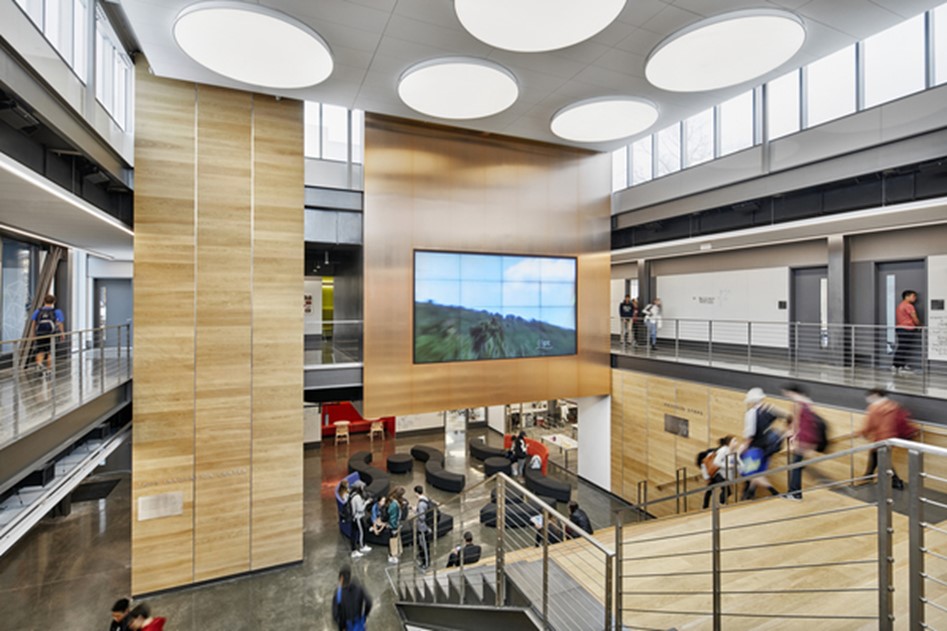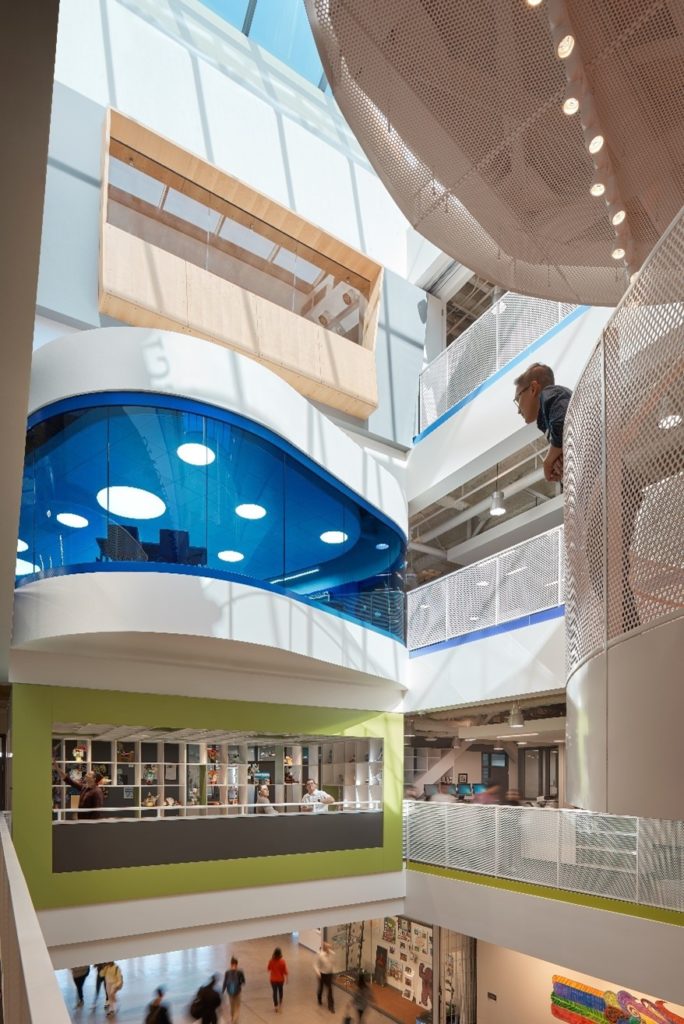There is a common refrain in education about the importance of teaching students how to think, rather than merely what to think. It is worth making this mantra more specific. After all, there are countless ways to think, from scientific to empathetic. Here, we will focus on one type of thinking we find critical: innovation.
In days past, innovation skills were undoubtedly nice to have, but they were by no means a common requirement for success unless you were an entrepreneur or inventor. Slowly but surely, however, the emergence of the knowledge economy, the gig economy, and other developments have eaten away at the old norms. Innovation skills are becoming less optional by the day, and they will be absolutely vital to the work of the future. In many fields, artificial intelligence is already diminishing humans’ necessity to perform rote tasks and replacing it with the requirement to connect dots and create transformative solutions to problems. This poses obvious challenges for our education system, which is tasked with preparing future generations for economic success, among many other responsibilities.
In describing innovation in education, Northwest Missouri State University engages with the familiar how versus what distinction: “Instead of simply teaching ABCs and 123s, innovation goes beyond the basics by combining a variety of disciplines to come up with a new or different outcome. Knowledge of the basics is [only] a starting point.” One detail in this summary is easy to overlook: Combining disciplines is not just an innovation boost — it’s foundational. The process of manufacturing innovation in learning spaces must therefore place a premium on fostering collisions between students, teachers, and professionals who think differently and bring expertise from different subjects.
With this in mind, how can we design spaces that best foster a culture of innovation for a school? As we accelerate post-pandemic toward a blended future of physical and virtual learning environments, educational spaces will need to adapt and evolve to provide multimodality, diversity, and flexibility. To consider the potential, we will explore the science of serendipity, probe examples of immersive environments, and consider cues from other industries that might instruct us in the design of future learning spaces.
Serendipity in the Learning Process
Spatially, four ingredients are crucial to the design of environments that foster innovation.
- Mutual Awareness – Spatial configurations should provide visibility of other people. This drives a culture that is conscientious of others and constantly aware of its diversity.
- Proximity – The closer people are together, the higher the probability of spontaneous knowledge exchange.
- Connectivity – Informal communication is driven by chance encounters and spaces that support dynamic, networked connections.
- Ambiguity– Physical spaces should be psychologically intriguing. They should encourage a sense of exploration and experimentation. As the architect Aldo Van Eyck said, “When it snows, children take over the city: They sleigh, throw snowballs, make snowmen and are more visible than ever. But what a city needs for its children has to be more durable than snow.”
In practice, these ingredients are likely to look like the recent developments at Bucknell University’s Freeman College of Management. Bucknell is transforming its management school from siloed to integrated by colocating with its arts school. While this integrative approach offers unique pedagogical opportunities to cross-collaborate, the proper design solutions are necessary for a project of this nature to reach its full potential. Cue one solution: a new design studio that, through its furniture, fixtures, and millwork can simultaneously meet the needs of markets, innovation, and design students. This highlight of the transformation conceivably hits on all four ingredients, setting the stage for the kind of purposefully serendipitous collisions that Bucknell values so highly.

Meeting Learners Where They Are
The COVID-19 pandemic flipped the script on physical space and education, forcing us to reconsider the place and pace of learning. We can think of the mobile classroom as an ongoing design project unto itself. This innovation was born out of unforeseen challenges, and it requires educators to work in teams and solve for user needs that change on a daily basis. Rather than bringing the students to the classroom, educators suddenly had to figure out how to bring the classroom to the students. They were forced to meet learners where they are. It is this empathetic understanding of who a student is and where they are coming from that we need to bear in mind as we design for successfully immersive education environments post-pandemic. Learning does not begin and end in the classroom.
In the years to come, simply getting the education landscape back to normal will not be enough. Our system was falling short in many places even before the pandemic, regularly failing to serve students and families. To make education more accessible and equitable for all, the idea of meeting learners where they are should be our North Star.

What the Education Field Can Learn
It’s a misconception that innovation comes from a stroke of genius or a single creative visionary. Groundbreaking individual insights do sometimes occur, but innovation more commonly manifests in the adaptation of ideas in one field that have already been established in another.
An example of how innovation works best is the Shirley Ryan AbilityLab (formerly the Rehabilitation Institute of Chicago), a rehabilitation research hospital focused on advancing ability for both adults and children with severe and complex conditions like traumatic brain injuries and amputations. The facility is the first-ever “translational” research hospital in which clinicians, scientists, innovators and technologists work together in the same space, surrounding patients, discovering new approaches and applying (or “translating”) research real time. If such a feat can be accomplished in a delicate context where patients receive life-changing care, there’s no question that the approach could be adapted elsewhere to bring industry and education closer together.
The commercial office sector has lessons to teach, as well. Gone are the days of cookie-cutter cubicles and one-size-fits-all workstations at which an employee would spend their entire day. Companies that seek to foster innovation are well aware that they need to provide a wide variety of space types, from collaborative meeting rooms to soundproof booths, for employees. They do this because individuals have unique work preferences. No two employees are exactly alike. And in education, we now know that the “average learner” is a myth. It’s time that we design to the edges.

Some of the best opportunities for outside inspiration may come from a school’s own community. Via community partnerships, schools can partner with local organizations for mutually beneficial programs. In Los Angeles, Da Vinci Schools have collocated three of their charter schools into a reconstructed building to place students in closer proximity. Under one roof, student space blends with space for community use, administration, corporate partnership operations, and program incubators. An atrium and grand staircase links all floors, providing both connectivity and mutual awareness via an architectural strategy.
Investing in approaches of this nature will pay dividends. To the extent education can learn from the best practices of other fields, future generations will be better prepared to join those fields. For decades, educators have striven to make sure all students can meet a baseline competency in literacy, mathematics, science, and civics. So too should they strive to make fundamentally innovative citizens.

